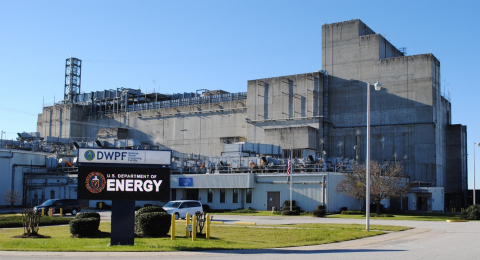
The waste vitrification facility at EM’s Savannah River Site (SRS) has completed a processing improvement enabling safer operations and more efficient conversion of high-activity liquid waste into glass.
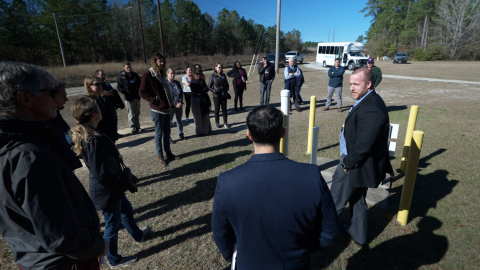
A workshop to identify and prioritize key research and technology needs in developing long-term monitoring for groundwater contamination was held at Savannah River National Laboratory (SRNL) recently.
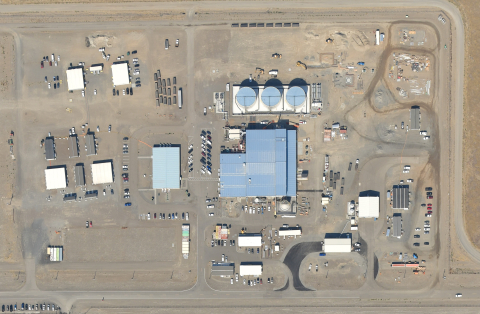
An aerial view of the Effluent Treatment Facility on the Hanford Site, where workers are completing the final upgrades needed for the Direct-Feed Low-Activity Waste Program to treat tank waste.
EM Richland Operations Office (RL) contractor Central Plateau Cleanup Company (CPCCo) continues to make significant progress developing the equipment, tools and techniques to safely transfer nearly 2,000 radioactive cesium and strontium capsules.
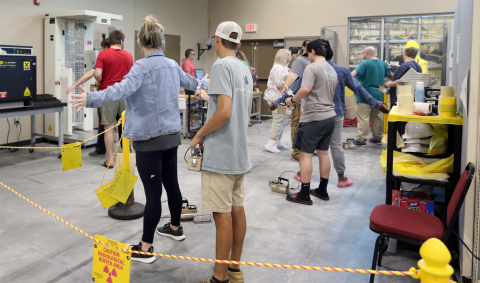
Students attending area technical colleges can now participate in the new Apprenticeship School at the Savannah River Site (SRS) created by EM contractor Savannah River Nuclear Solutions (SRNS).
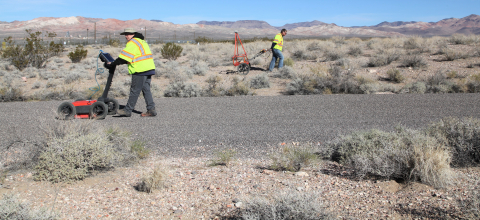
Twenty-four years ago, Beth Williams and Jeff Warren performed underground surveying work at the Nevada National Security Site (NNSS) to help with the eventual shutdown of a facility used in the development of the U.S. space program.
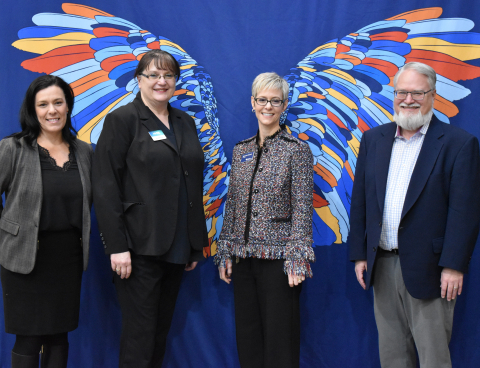
Identifying, training & readying the next-generation workforce is important to the continued long-term success of sites across the EM complex, and a contractor at the Hanford Site continues to invest in programs to support this initiative
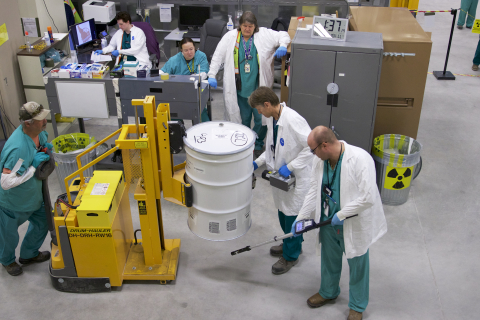
DOE recently bestowed eight EM teams with the Secretary of Energy Achievement Award, recognizing projects at the Idaho, Savannah River and Hanford sites as well as a group of employees who revamped and expanded EM’s Minority Serving Institutions.
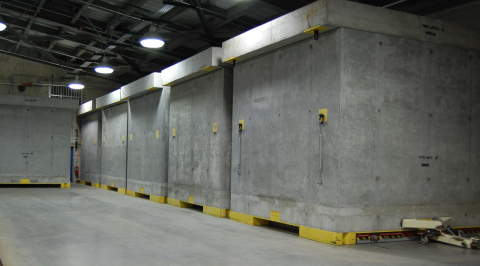
As crews ready a liquid waste treatment facility at the DOE Idaho National Laboratory Site for sodium-bearing waste processing, EM is preparing to construct a new building to provide additional capacity for the safe storage of treated waste material.
EM Richland Operations Office (RL) contractors Central Plateau Cleanup Company (CPCCo) and Hanford Mission Integration Solutions (HMIS) worked together recently at the Hanford Site to dig up five spent fuel containers from former plutonium production.

